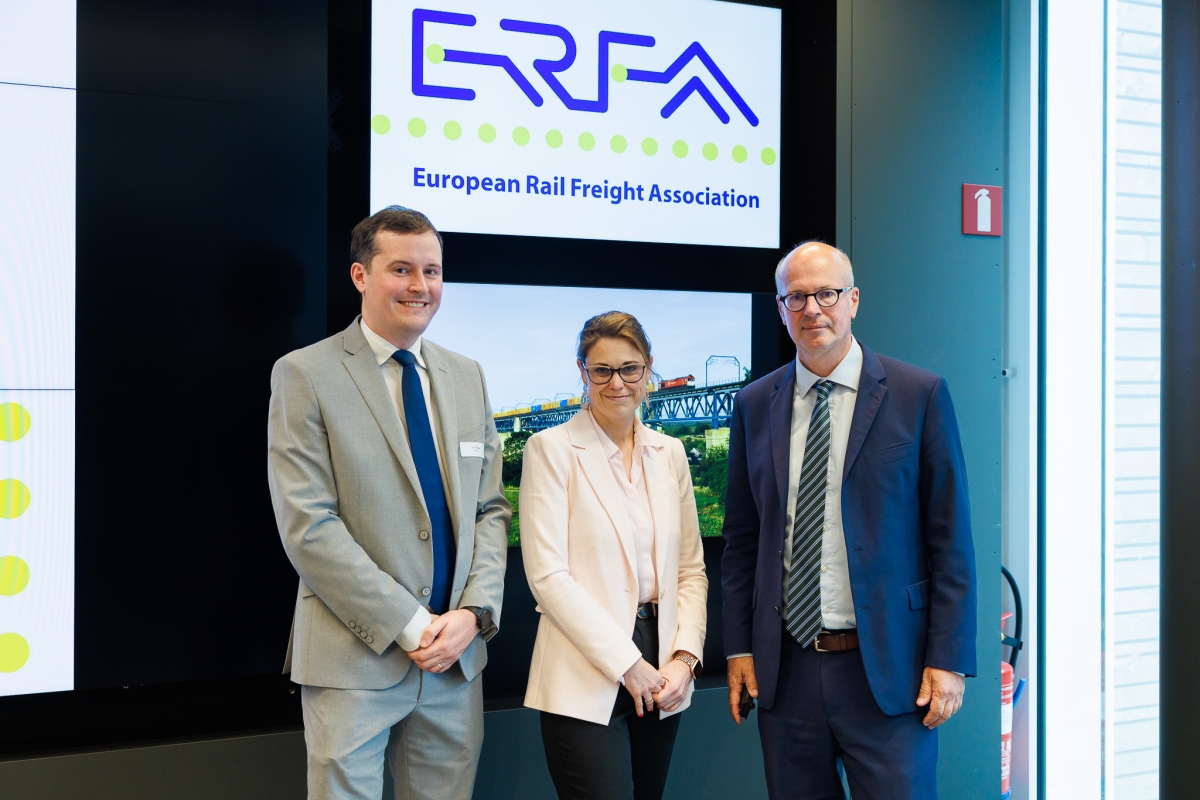The recent Commission Communication on High-Speed Rail barely mentioned rail freight despite strong interlinks between both traffic. Rail freight would benefit from the same level of attention and strategic approach. As the Communication also underlines several joint challenges faced by both high-speed and rail freight, ERFA will make sure the voice of private and independent rail freight companies is being heard when confronting them.
The recent Commission Communication “Connecting Europe through High-Speed Rail” only mentioned rail freight directly when referring to the additional capacity on parallel conventional lines new high-speed lines will free and with regard to the Capacity Regulation that will help to optimise capacity allocation and cross-border path requests. These are two important topics also for rail freight, but beyond them the Communication dealt with several other challenges that do not only impact high-speed traffic but also rail freight operations.
First, the Communication mentioned that a non-harmonised multisystem approach at national level has led the cost of ERTMS products to double in the last five years. The proposed revision of the European deployment plan should include not only binding deployment targets but also a new governance architecture to ensure that a single and stable version with backward compatibility will be deployed EU-wide as a standard.
The Communication also mentioned the need for Member States to set track access charges in a way that encourage a full and optimal use of the network. Track access charges bearable for the market are of key importance in rail freight as well as in passenger transport. This will be crucial especially for high-speed cross-border projects currently being built (Rail Baltica, Lyon-Turin, Fehmarn Belt). This will make sure EU taxpayers are not funding future “white elephants” but rather useful infrastructure for the benefits of all traffic.
ERFA President, Dirk Stahl, stated, “issues faced by high-speed and rail freight are closely interlinked for many of them and should not be approached in a silo approach, but rather with equal importance. For instance, removing national rules, financing ERTMS and issuing vehicle authorisation in an efficient way thanks to an adequately funded European railway Agency will benefit high-speed and rail freight.”


-1759825841.jpg)